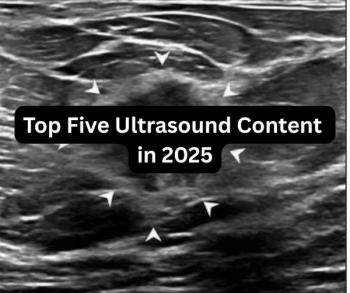
EMED workstations to debut at SCAR show
EMED workstations to debut at SCAR showEMED's efforts to compete for large-scale PACS installations will get a big boost at the Symposium for Computer Assisted Radiology in Rochester, MN, this month, where the San Antonio, TX-based vendor will
EMED workstations to debut at SCAR show
EMED's efforts to compete for large-scale PACS installations will get a big boost at the Symposium for Computer Assisted Radiology in Rochester, MN, this month, where the San Antonio, TX-based vendor will roll out its PACS Pro/DX primary diagnostic workstation. Shipments of the workstations, which have received Food and Drug Administration 510(k) clearance, are expected to begin in July.
The PACS PRO/DX primary diagnostic workstations will complement EMED's PACS PRO/DX viewstations, which are designed primarily for image review by clinicians, according to Manning Phillips, systems sales manager for the Midwest and New England.
The workstations will come in single or dual versions at resolutions of up to 2K x 2.5K. A quad-monitor setup offers resolutions of 1.2K x 1.6K or 1.7K x 2.3K. Both Windows NT and Unix-based workstations are available for the single- and dual-monitor configurations, while the quad-monitor setup comes only in a Windows NT version.
EMED underwent a restructuring last July that saw development of a Unix-based DICOM-compatible PACS PRO/DX workstation transferred to another division of EMED parent E-Systems in Garland, TX. That project has since been renamed PACS PRO II, and will include a server along with the workstation. PACS Pro II, also expected to be available around July, is optimized for centralized PACS environments, while the PACS PRO/DX primary diagnostic workstation is aimed at centralized reading applications that do not require the use of a server.
Newsletter
Stay at the forefront of radiology with the Diagnostic Imaging newsletter, delivering the latest news, clinical insights, and imaging advancements for today’s radiologists.




























